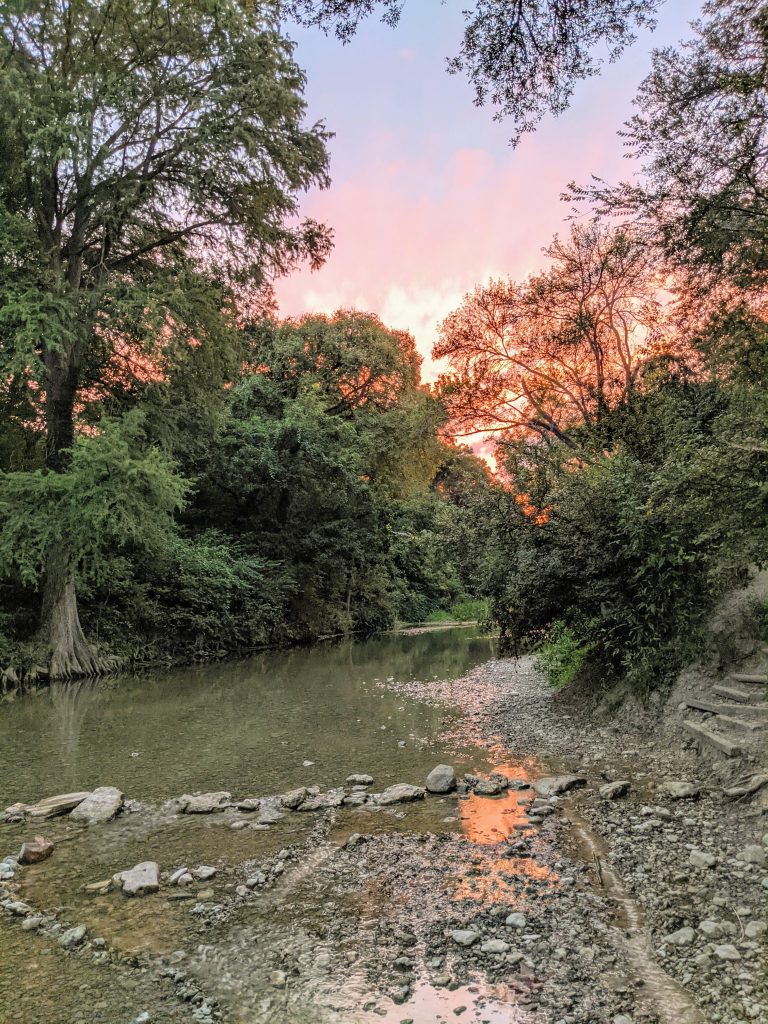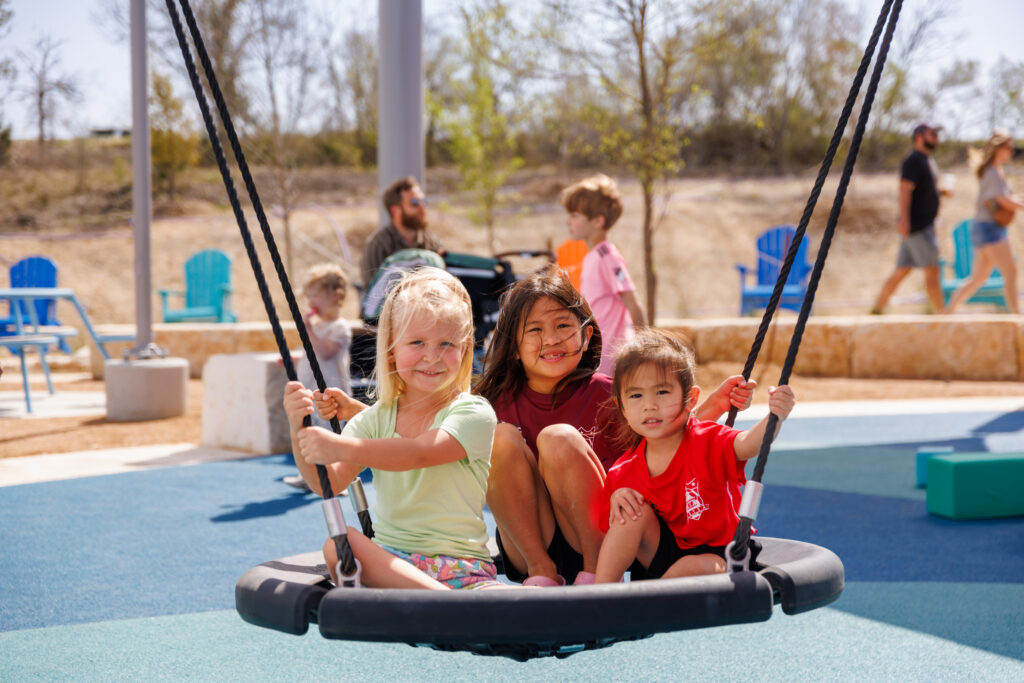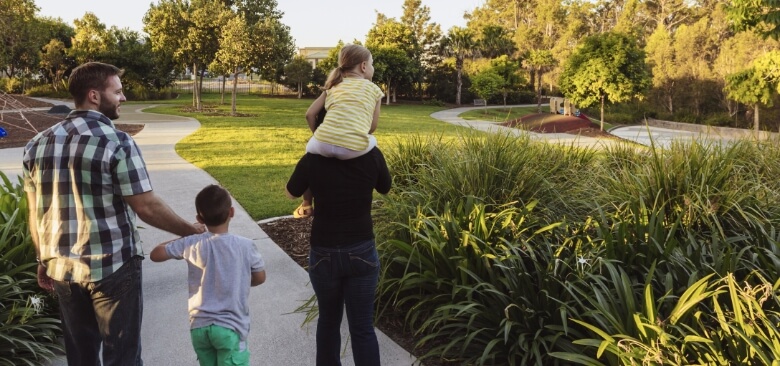

What's Happening > News
Celebrating Das Sizzle: A History of Wurstfest New Braunfels
New Braunfels, Texas, represents a vibrant tapestry where the spirit of small-town America and the aesthetic charms of old-world Europe are woven into the diverse cultural fabric of the area. New Braunfels can take you back centuries with its unique architectural touches, and in the next moment serve as a gateway to the vast natural beauty of the Texas Hill Country. The result is a beautiful and distinct hometown culture that is the perfect setting for various celebrations, events, and festivals year-round. Perhaps none of these is as iconic as Wurstfest, New Braunfels’ annual celebration of all things Bavarian.
The following is a decade-by-decade look at the history of this incredible festival to show what makes Wurstfest the best.
Wurstfest in the 1960s: Birth of a Sausage Celebration
In 1961, Ed Grist, the city meat inspector, dreamt up a one-day festival to celebrate New Braunfels, its unique heritage, and delicious sausages. He got the city on board with his destiny-tinged vision, leading to the first-ever Sausage Festival. That’s right—it wasn’t even officially Wurstfest in its first year!
At the time, Grist and his collaborators imagined the event as a typical, small-town festival. They may have nurtured a pipe dream of someday expanding it from a single-day affair to a whole weekend if it should catch on. However, in 1963, two years after the festival’s official inauguration, events were scheduled for every night of what had already become “Wurst Week.”
In the latter days of the 1960s, Wurstfest had become its final name and had its first big relocation, getting a dedicated home at the “Wursthalle” in beloved Landa Park. Before the end of the festival’s first decade in existence, Wurstfest had already expanded to 10 full days and proven capable of drawing thousands of visitors to New Braunfels each year, with attractions and entertainments now including top touring musicians and nearly 50 different food vendors, with inspired options ranging from Wurst tacos to Sauerkraut pizza.
By the time the 1960s ended, Wurstfest was already a key fixture of the New Braunfels economy. The 1969 festival saw a record 75,000 attendees.
Wurstfest in the 1970s: A Festival Flourishes
In the 1970s, Wurstfest continued its expansion, adding restrooms, security, event staff facilities, and the iconic Biergarten, ensuring that festival-goers could appreciate authentic Bavarian brews and sausages. In fact, the decade saw over 7.5 additional acres acquired for Wurstfest expansions, effectively tripling the size of the festival grounds by the end of the decade.
Wurstfest in the 1980s: Sausage Hits Its Stride
Wurstfest entered the 1980s looking for unique and memorable ways to expand the festival and its offerings, acquiring fun exhibits like the world’s largest beer bottle collection. The famed collection, purchased from New Braunfels local Jerome Nowonty, contains over 15,000 beer containers. After meticulous curation, only the best 3,000 of them make it into the Wursthalle.
Another unusual exhibit marked the Wurstfest 25th anniversary celebration in 1985: a temporary post office! While a pop-up postal station might seem like an odd installation for a 10-day festival, guests used it to acquire special cancellation stamps bearing the Wurstfest name.
Throughout the second half of the 80s, Wurstfest was gaining notoriety as one of the best festivals—not just in Texas but in all of North America—thanks to positive media coverage and word of mouth. This peaked in 1989, with the fall of the Berlin Wall and the reunification of Germany giving the media a special appetite for all things German.
Wurstfest in the 1990s: The Best of Times, The Wurst of Times
Wurstfest continued strong through much of the 1990s, with expansions and more great memories. Then, in 1998, Wurstfest encountered major adversity.
New Braunfels had another great festival planned for 1998, with Grammy winner Jimmy Sturr slated to headline the entertainment with his world-renowned orchestra. However, disaster struck less than two weeks before the festival’s opening day. The New Braunfels area was hit with torrential rain and massive flooding. Much of the Wurstfest grounds were left underwater, and several Wurstfest expansions, some only two years old, were washed away entirely.
Wurstfest officials surveyed the vast damage and decided to continue with Wurstfest as planned. The rain continued on as well but could do nothing to dampen the spirits of festival-goers, who helped Wurstfest raise $50,000 for flood victims.
Wurstfest in the New Millenium: Wurstfest 2000 and Beyond
The first significant change to come to Wurstfest in the 21st century occurred in 2002 and involved a generous gift from JPMorgan Chase & Co.: a key half-acre property on Landa Street to be used for improved parking and future expansion.
In the mid-00s, the sale of a local power plant impacted the Wurstfest landscape, requiring some of the facilities to be moved. Undeterred, Wurstfest continued growing. Expansion through this era included the Kinderhalle, a special children’s entertainment area built in collaboration with the New Braunfels Parks and Recreation Department.
The 00s finished strong, with Saturday, November 7, 2009, going down as the single biggest day in Wurstfest history. This set the stage for Wurstfest’s 50th anniversary blowout in 2010, which welcomed a very special guest: Graf Johannes von Oppersdorf, a direct descendant of Prince Carl of Solms-Braunfels, the city’s founder.
Wurstfest continued rolling strong through the 2010s, with a new website, more facilities expansions, and the addition of an offseason Craft Beer Festival in May. This last bit was an instant success, with tickets to the Craft Beer Festival selling out the very first year.
In 2019, however, started a challenging run for the festival. Mere days after another great Wurstfest wrapped up in 2019, the festival grounds saw a devastating fire, which wiped out the marketplace area used by vendors and also damaged the iconic Wursthalle. Rebuilding began immediately in hopes of a strong return in 2020, but unfortunately, a 2020 festival never took place due to COVID-19. This marked the first cancellation in Wurstfest’s 50-plus-year history as an annual celebration.
While 2019-2020 was a difficult period for Wurstfest, the nearly quarter-million visitors who showed up in 2021 seem to indicate that the festival is as resilient as ever!
Mayfair: Your Home Near All the Best of Wurstfest
If you’re a Wurstfest fanatic, why not put yourself in the middle of the fun by moving to New Braunfels? Mayfair is a modern residential development conveniently located near all the best New Braunfels has to offer, featuring top home designs from a variety of the area’s most reputable builders.






















